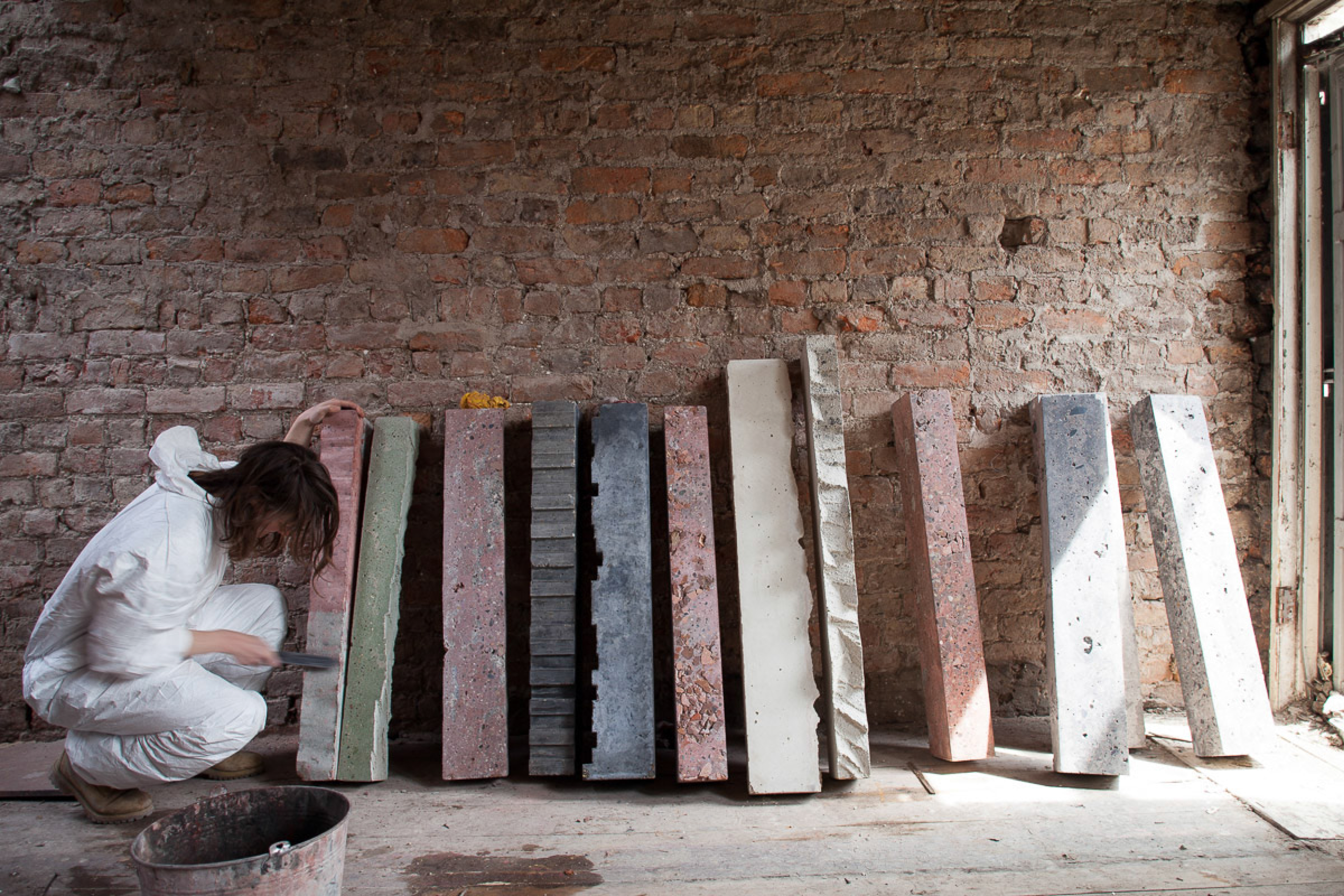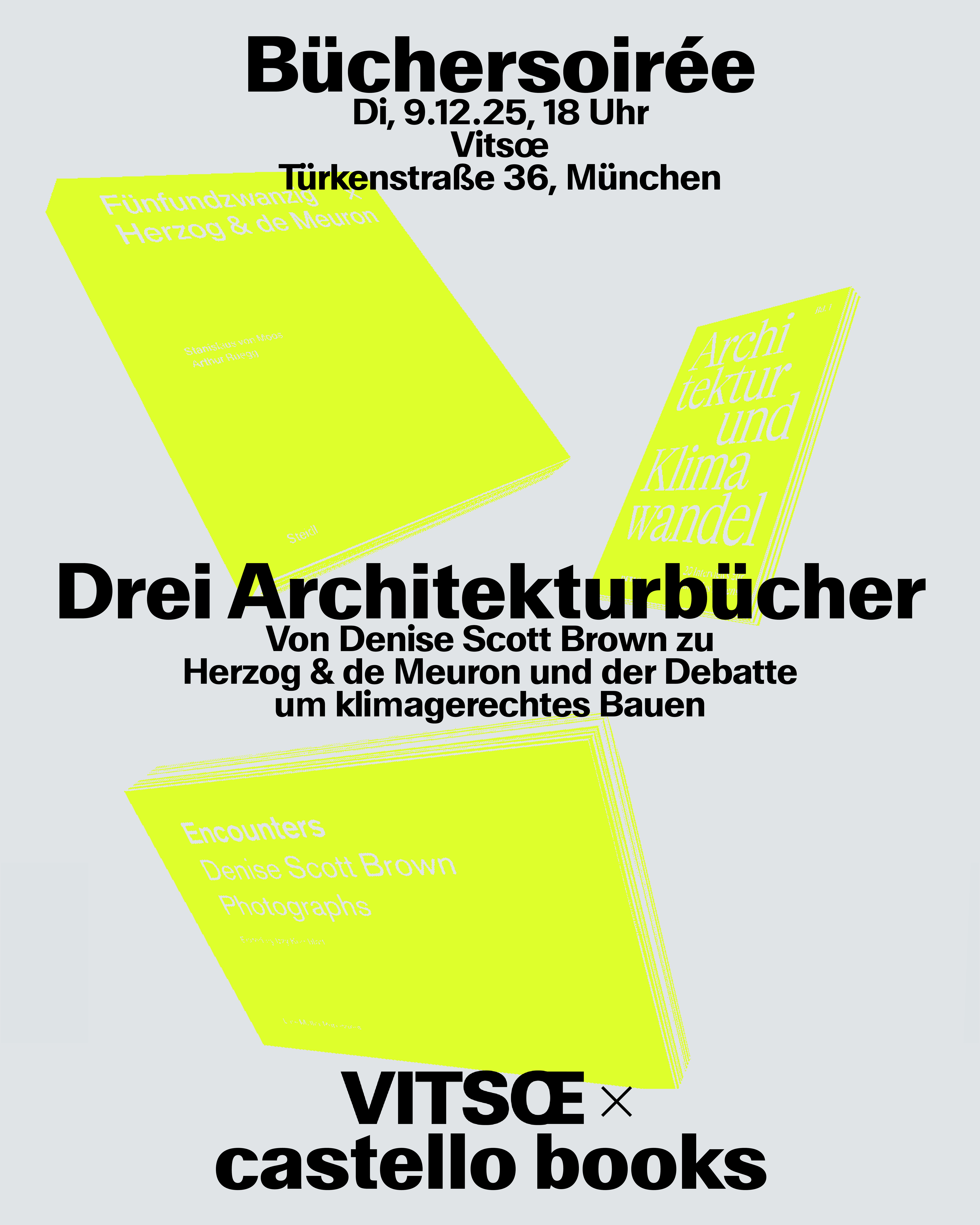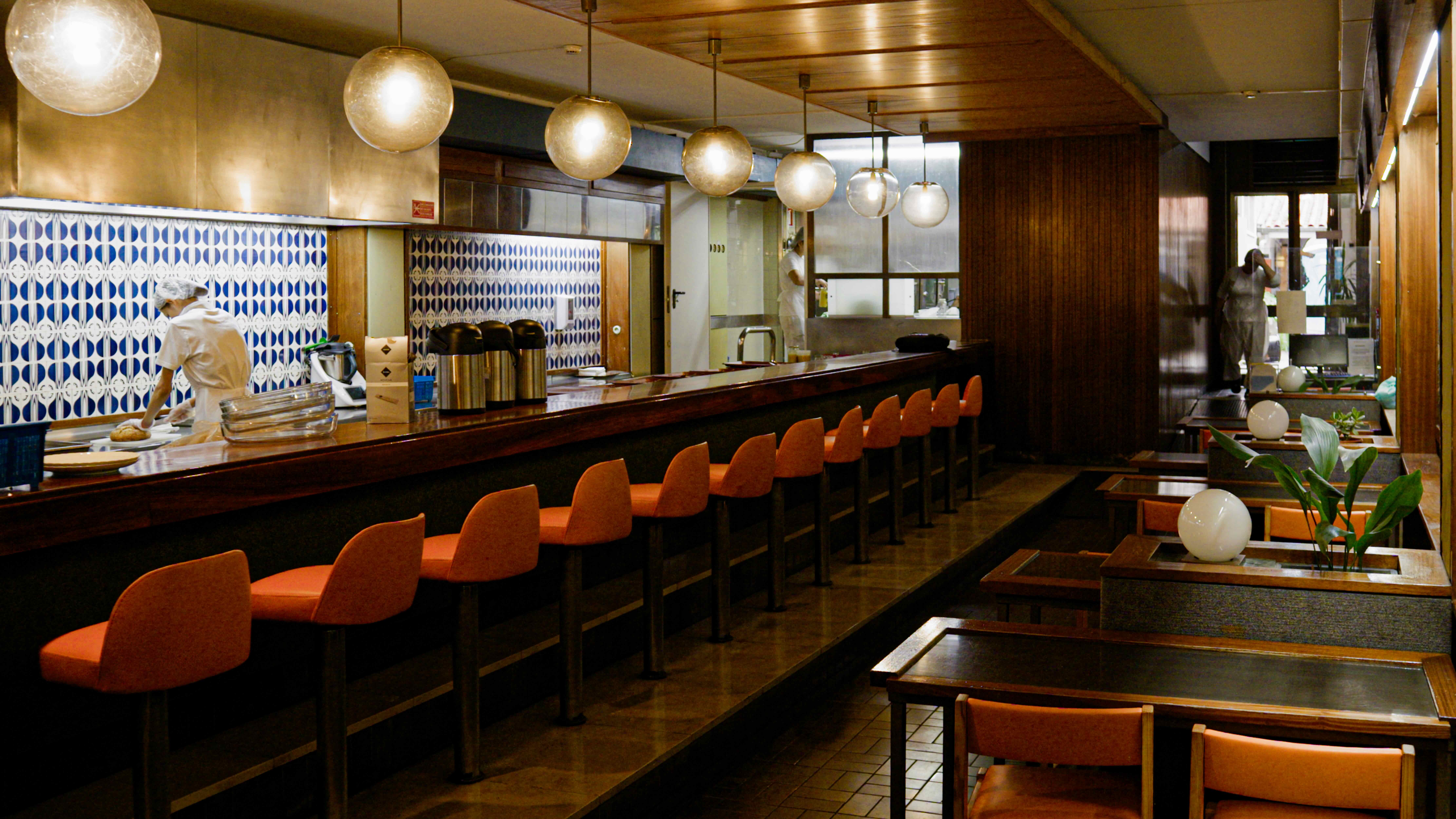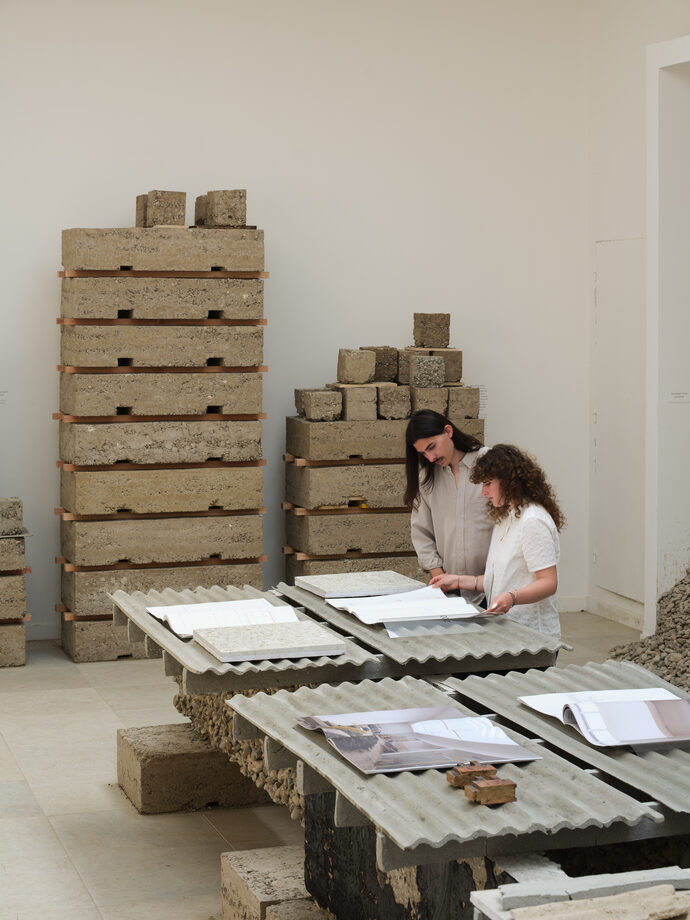Studio Brynjar & Veronika
To Brynjar Sigurðarson and Veronika Sedlmair, the supernatural is entirely natural. The Icelandic-German designer duo created a studio in 2011, which has since generated a body of work driven by theatrical and natural references. In fact, the pair’s practice is often linked to anthropology and geology, in addition to other tangential fields that might spring up in a particular project. Conveying their work in a specific, even idiosyncratic way, the designers’ foremost goal is to investigate cultural values and translate these into objects, thereby creating a visual universe that bears
their very own unique signature.
Form follows function or any such related dicta of design do not play a role in the works of Brynjar Sigurðarson and Veronika Sedlmair. And neither the laws of mass production and distribution nor the market in general influences the approach applied by these two designers. Likewise, the pair does not tap into the conventional and common understanding of design. “Opposition is not my goal. I am not so aware of this context”, says Sigurðarson. Sedlmair explains their approach as simply being engaged in something: “We just wanted to create things form our own ideas – things we felt like doing.” In 2014, they founded Studio Brynjar & Veronika, which is currently based in Berlin. And even if their intentions are the same, the two designers originate from different backgrounds. Sedlmair is from southern Germany; after her studies in Interior Architecture, she worked in fashion and jewellery design before setting up the studio.Sigurðarson was born in Iceland and studied at ECAL in Lausanne, where he now teaches. Previous to this, during his final project at the Iceland Academy of the Arts, he travelled through the wilderness in northeast Iceland, spending weeks wandering, meeting locals, and discovering the secrets of his natural heritage. His observations of local crafts and techniques, of nature, and of people’s everyday routines permeate the Silent Village Collection. A series of furniture designed for Galerie kreo in Paris, it has a strong, specific character and is free of any loud or intrusive gestures. Many Icelandic elements are included in the furniture, like fishermen’s roping methods, plumbs, or fishhooks. Hence the tables, coatracks, and shelves are made of wood, KRION, and other materials, not only telling stories of a hidden, local world in Iceland, but also establish a sensible aesthetic based on anthropology and nature “We always see ourselves as translators. We are translating environments into objects. And we are constantly attracted by our environment”, Sigurðarson says, explaining the driving force behind their design.
At present, he and Sedlmair are working on a novel musical instrument, a sort of transverse flute manufactured in a workshop in Paris. Last summer, they opened a temporary studio in Reykjavík city centre. Which is where they developed the first pieces for Society of Things. The collection is an initiative for handmade objects that all have an expanded background – the environments the designers transfer through their work became many sided. Various findings are combined and arranged into collage-like compositions on Study Boards. “This helps us during the process of designing”, says Sedlmair, looking at the mixture of plastic elements, photographs, ropes, and other things mounted on the panels. And there is also a huge sweater made of south-German merino wool. The designers knitted the raw materials by hand – without any needles. More than this authentic garment, what makes the recent collection extra special is the combination of elements from different contexts in every object. Flute Broom, for example, features a long stick that becomes a flute at its upper end. It is both a cleaning tool and a musical instrument that can in fact be played. Equally, Net Bag comprises a net reminiscent of fishermen’s gear. But instead of catching fish, one can catch articles in the market. With this collection, Sigurðarson and Sedlmair have created a poetics of things that don’t know any rules, as they are simply founded on the making of ideas. Sometimes these ideas incorporate very explicit political statements. Their Glacier Candles from 2014 consist of small, shimmering blue icebergs made of wax. When lighting the candle, the glowing icebergs slowly melt, thereby making evident a process that is part of today’s reality.
Text: Sandra Hofmeister





